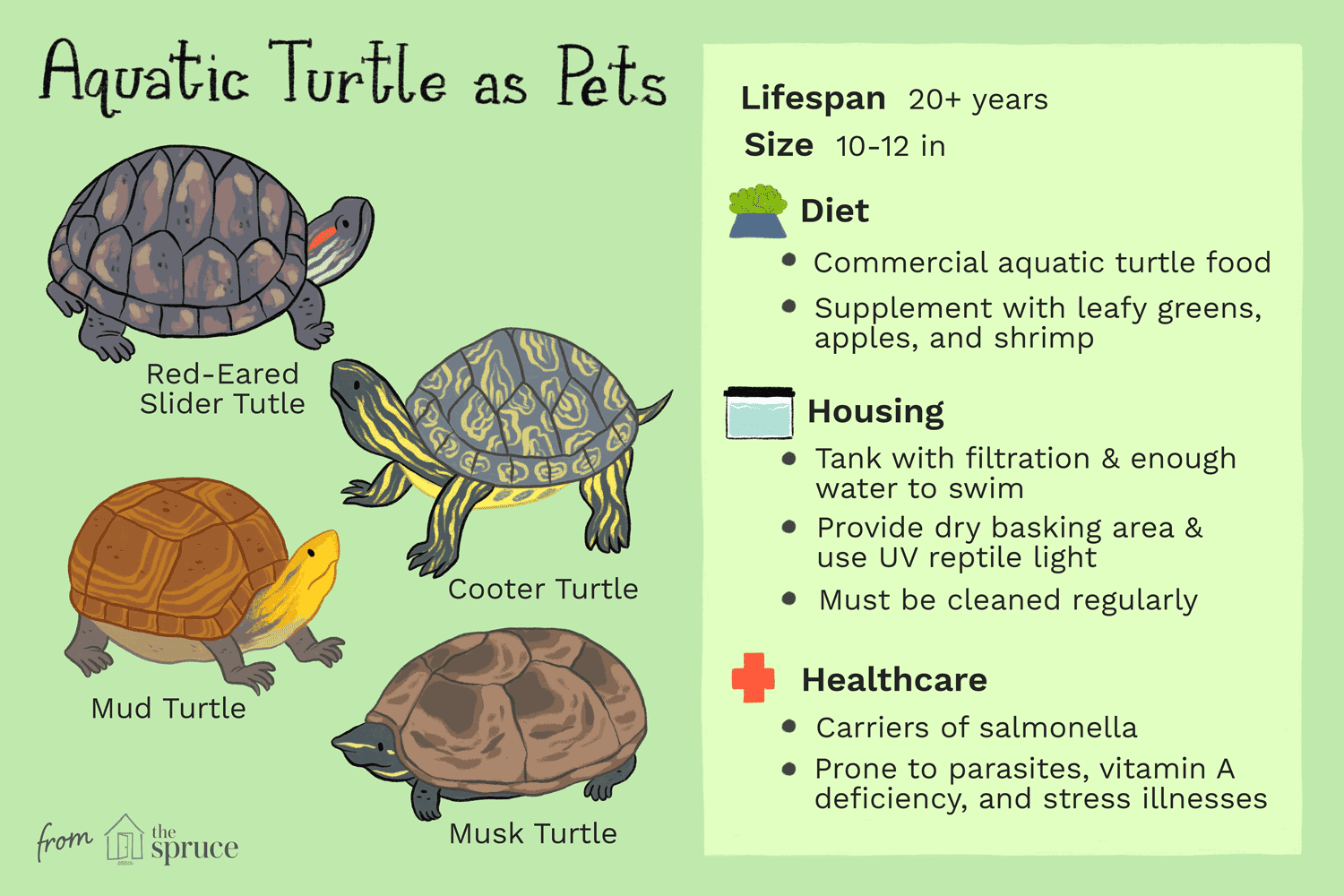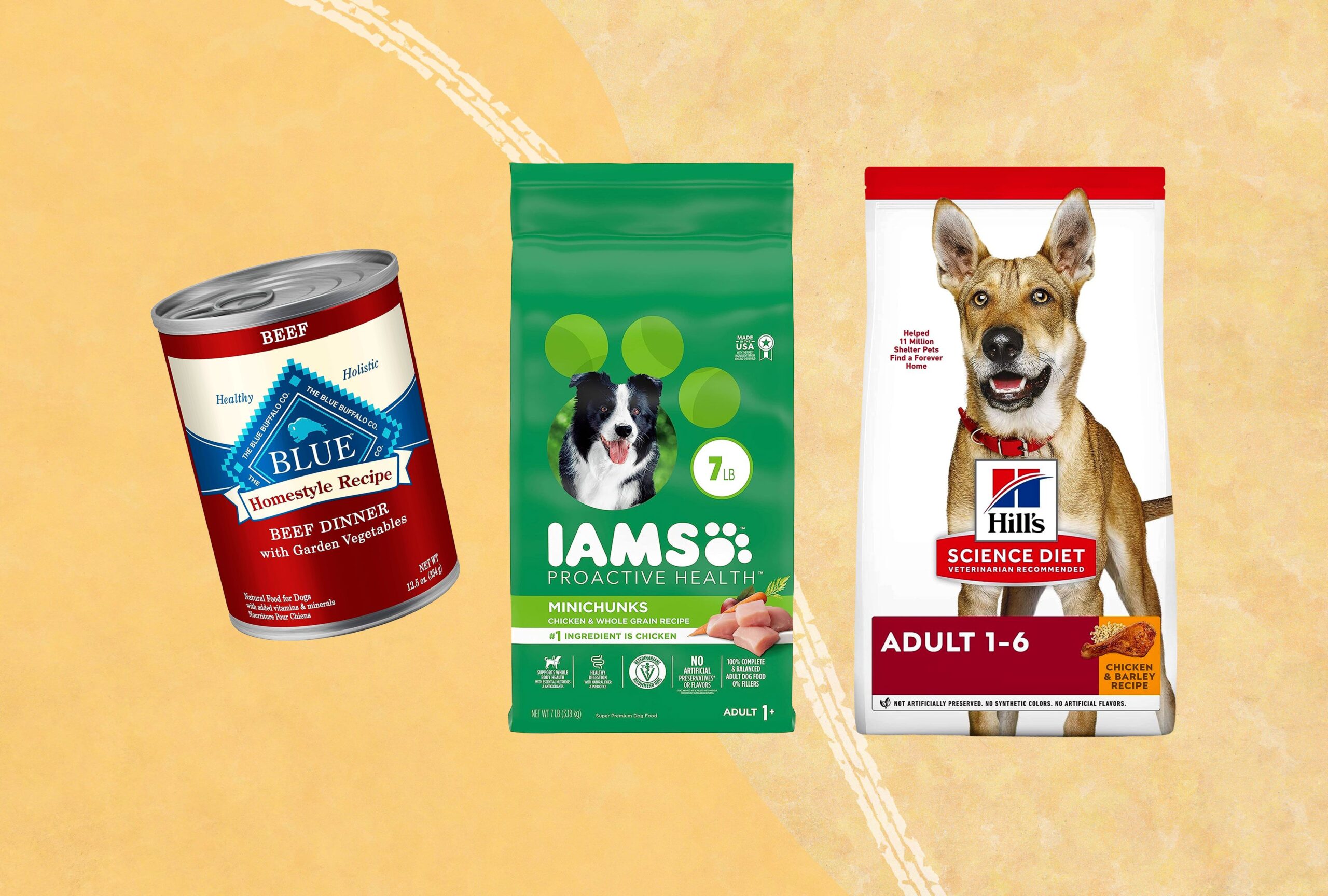Pet turtles need clean, fresh water to thrive. The type of water is crucial for their health.
Turtles are amazing creatures, but caring for them can be tricky. One key element of turtle care is the water they live in. Water quality impacts their overall health and happiness. Not all water types are suitable for turtles. It’s vital to know which water is best for your pet turtle.
This guide will help you understand the ideal water conditions for your shelled friend. Clean, safe water can make a huge difference in their well-being. Let’s dive into the details of what type of water your pet turtle needs.

Importance Of Water Quality
The water quality in your pet turtle’s tank is crucial for its health. Clean water ensures that your turtle stays healthy and happy. Poor water quality can lead to various health issues. It’s essential to monitor and maintain the water quality regularly.
Health Implications
Bad water quality can cause infections and diseases in turtles. Dirty water often leads to shell rot, a serious condition. It can also cause respiratory infections, which are common in turtles. Clean water helps to prevent these health problems. Regular water changes and filtration can keep your turtle healthy.
Common Contaminants
Several contaminants can pollute your turtle’s water. Ammonia is one of the most harmful. It comes from turtle waste and uneaten food. High ammonia levels can poison your turtle. Nitrites and nitrates are other common contaminants. They also come from waste and decomposing materials. These chemicals can harm your turtle’s health.
Chlorine in tap water can also be dangerous. Always treat tap water before adding it to the tank. Use a water conditioner to remove chlorine and other harmful substances. Regular testing of water can help you keep track of contaminants. Keeping the water clean is key to your turtle’s well-being.
Types Of Water For Pet Turtles
Ensuring your pet turtle has the right water is crucial for its health. Different types of water can impact your turtle in various ways. Let’s explore the options available.
Tap Water
Tap water is the most common water source for pet turtles. However, tap water often contains chlorine and other chemicals. These substances can be harmful to turtles. Dechlorinating the water is necessary. You can use water conditioners made for aquariums.
Filtered Water
Filtered water is a better option for pet turtles. It removes many harmful chemicals found in tap water. Using a good quality filter can ensure the water is clean. Filtered water provides a safer environment for your turtle.
Bottled Water
Bottled water can also be used for pet turtles. It is free from chlorine and other harmful substances. Ensure the bottled water you choose is not distilled. Distilled water lacks essential minerals needed by your turtle. Spring water is a good choice.
Using Tap Water Safely
Using tap water safely for your pet turtle is crucial. Tap water often contains chemicals that are harmful to turtles. Before using tap water in your turtle’s tank, you must ensure it is safe.
Dechlorination Process
Chlorine and chloramine in tap water can harm turtles. Dechlorinating the water is essential. Use a water conditioner to remove chlorine and chloramine. These products are available at pet stores. Follow the instructions on the product for the right dosage.
Let the water sit for 24 hours after treatment. This allows any remaining chlorine to evaporate. Aerating the water with a pump can also speed up this process.
Testing For Chemicals
Testing tap water for harmful chemicals is important. Use water test kits to check for ammonia, nitrites, and nitrates. These kits are easy to use and can be found in pet stores.
High levels of these chemicals can stress and harm your turtle. Regular testing ensures the water remains safe. Always keep track of the chemical levels in your turtle’s tank.
Benefits Of Filtered Water
Ensuring your pet turtle has clean, healthy water is crucial. Filtered water provides many benefits for your turtle’s well-being. It helps maintain their health by reducing harmful substances and improving the water quality. This section will explore the benefits of using filtered water for your pet turtle.
Purification Methods
There are various methods to purify water for your turtle. Some of these methods include:
- Using a water filter
- Boiling the water
- Using water conditioners
Each method has its advantages. Using a water filter is one of the most effective ways. It consistently removes impurities from the water. Boiling water can kill harmful bacteria. Water conditioners can help neutralize harmful chemicals.
Reducing Harmful Substances
Filtered water helps reduce harmful substances in your turtle’s tank. These substances include:
- Chlorine
- Heavy metals
- Bacteria
Chlorine can irritate your turtle’s skin and eyes. Heavy metals can cause long-term health issues. Bacteria can lead to infections. By using filtered water, you provide a safer environment for your turtle.
| Substance | Effect |
|---|---|
| Chlorine | Skin and eye irritation |
| Heavy metals | Long-term health issues |
| Bacteria | Infections |
In summary, using filtered water for your pet turtle offers many benefits. It helps purify the water and reduce harmful substances. This ensures your turtle remains healthy and happy.
Choosing Bottled Water
Choosing the right water for your pet turtle is crucial. Bottled water is often a safe choice. It ensures clean and healthy water for your turtle. But not all bottled water is the same. Let’s explore the key factors to consider.
Mineral Content
Bottled water can vary in its mineral content. Some minerals are good for turtles, while others are not. Look for water with low sodium levels. Avoid water that contains fluoride. Fluoride can be harmful to turtles.
Calcium is essential for turtles. It helps in shell and bone development. Look for bottled water with a balanced calcium content. Too much calcium can cause health issues. A moderate amount is ideal.
Cost Considerations
Bottled water can be costly. It is essential to balance cost with benefits. Compare prices of different brands. Look for deals or bulk options. This can help save money in the long run.
Quality should not be compromised for cost. Always choose a reputable brand. Ensure that the water is safe and clean for your turtle. Investing in good quality water can prevent health issues. This can save money on vet bills.
| Brand | Mineral Content | Price (per gallon) |
|---|---|---|
| Brand A | Low sodium, balanced calcium | $1.50 |
| Brand B | Low sodium, no fluoride | $1.00 |
| Brand C | Balanced minerals | $1.20 |
Choosing the right bottled water involves understanding mineral content and cost. This ensures your turtle stays healthy and happy.

Maintaining Water Temperature
Maintaining the right water temperature is crucial for your pet turtle’s health. Turtles are ectothermic, meaning they rely on external heat sources to regulate their body temperature. Incorrect water temperature can cause stress and health issues. Let’s explore the key aspects of maintaining water temperature for your pet turtle.
Ideal Temperature Range
The ideal water temperature for most pet turtles is between 75°F and 86°F. Different species may have slightly different requirements. Always research the specific needs of your turtle species. Use a reliable aquarium thermometer to monitor the water temperature regularly.
Using Heaters
Aquarium heaters are essential for maintaining consistent water temperature. Choose a heater suitable for the size of your tank. Submersible heaters are often recommended for turtle tanks. Set the heater to the desired temperature and place it near the water flow for even heat distribution. Always use a heater guard to prevent your turtle from coming into direct contact with the heater.
Regularly check the heater’s functionality to ensure it is working correctly. Consider having a backup heater in case the primary one fails. Consistent water temperature helps keep your turtle active and healthy.
Regular Water Changes
Maintaining the right water quality is crucial for the health of your pet turtle. Regular water changes are essential to keep the water clean and free from harmful toxins. This process not only ensures a healthy environment but also prevents diseases. Let’s dive into the specifics of how often and how to change the water in your turtle’s tank.
Frequency Guidelines
How often should you change the water in your turtle’s tank? This depends on several factors, including the size of the tank, the number of turtles, and the type of filtration system used. Here are some general guidelines:
- For small tanks (less than 40 gallons), change 25% of the water weekly.
- For medium tanks (40-75 gallons), change 25% of the water every two weeks.
- For large tanks (more than 75 gallons), change 25% of the water monthly.
Remember, these are just guidelines. Observe your tank’s water quality and adjust the frequency as needed.
Step-by-step Process
Changing the water in your turtle’s tank involves a few simple steps. Follow this guide to ensure a smooth process:
- Prepare the fresh water: Dechlorinate the new water using a water conditioner.
- Turn off equipment: Turn off filters, heaters, and any other electrical equipment.
- Remove old water: Use a siphon to remove the desired amount of water.
- Clean the tank: Remove debris and clean the tank walls with a sponge.
- Add fresh water: Slowly pour the prepared water back into the tank.
- Restart equipment: Turn on filters, heaters, and any other equipment.
- Check water parameters: Test for pH, ammonia, nitrites, and nitrates to ensure balance.
Regular water changes are vital for your pet turtle’s health. Follow these guidelines and steps to maintain a clean and safe environment.
:strip_icc()/keeping-water-in-your-turtle-tank-clean-1238362_v3-5be49beb46e0fb0051172bab.png)
Preventing Algae Growth
Algae growth in your pet turtle’s tank can be a persistent problem. Algae not only makes the tank look dirty, but it can also affect water quality. There are simple steps you can take to prevent algae from taking over. Let’s dive into some effective methods to keep algae at bay.
Light Management
Controlling the amount of light your turtle’s tank receives is crucial. Algae thrives in light, so manage lighting carefully.
- Place the tank away from direct sunlight.
- Use a timer for artificial lights.
- Limit light exposure to 10-12 hours daily.
Proper light management helps reduce algae growth significantly.
Cleaning Tips
Regular cleaning is essential for preventing algae. Follow these tips to keep the tank clean:
- Change 25% of the water weekly.
- Scrub the tank walls to remove algae.
- Clean the filter monthly.
Using these cleaning tips will maintain a healthy environment for your turtle.
| Task | Frequency |
|---|---|
| Water Change | Weekly |
| Scrub Tank Walls | Weekly |
| Filter Cleaning | Monthly |
Frequently Asked Questions
What Type Of Water Is Best For Pet Turtles?
Pet turtles need clean, dechlorinated water. Tap water should be treated to remove chlorine and other harmful chemicals.
Do Pet Turtles Need Freshwater Or Saltwater?
Most pet turtles require freshwater. Saltwater can be harmful to species not adapted to it.
How Often Should I Change Turtle’s Water?
Change your turtle’s water at least once a week. Regular water changes help maintain a clean and healthy environment.
Can Tap Water Harm Pet Turtles?
Untreated tap water can harm turtles. Always dechlorinate tap water before adding it to your turtle’s tank.
Conclusion
Turtles need clean, fresh water to thrive. Regular water changes are essential. Use a water conditioner to remove chlorine. Ensure the water temperature is appropriate. Warm water helps them stay healthy. Filtration systems keep the water clean. Monitor the water quality regularly.
Poor water quality can harm your turtle. Healthy water leads to a happy turtle. Follow these tips for a well-cared turtle.





Leave a Reply